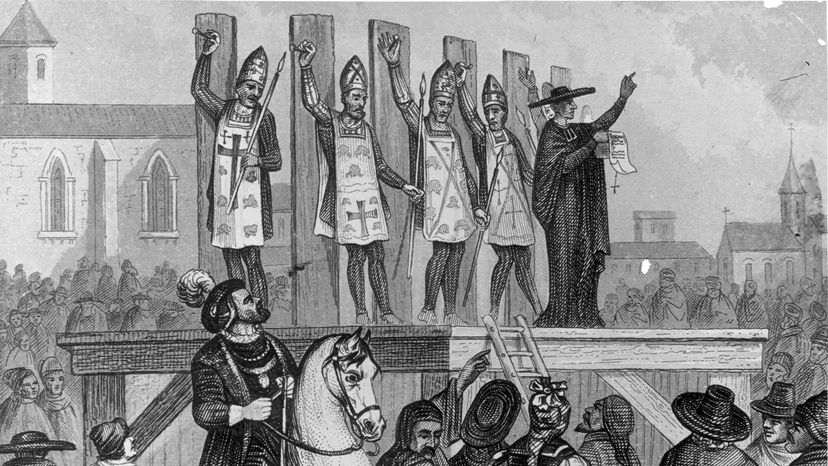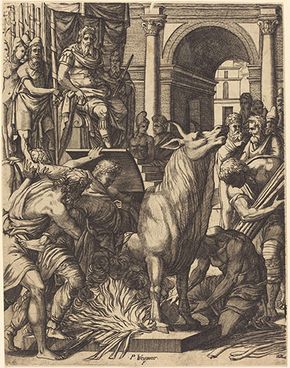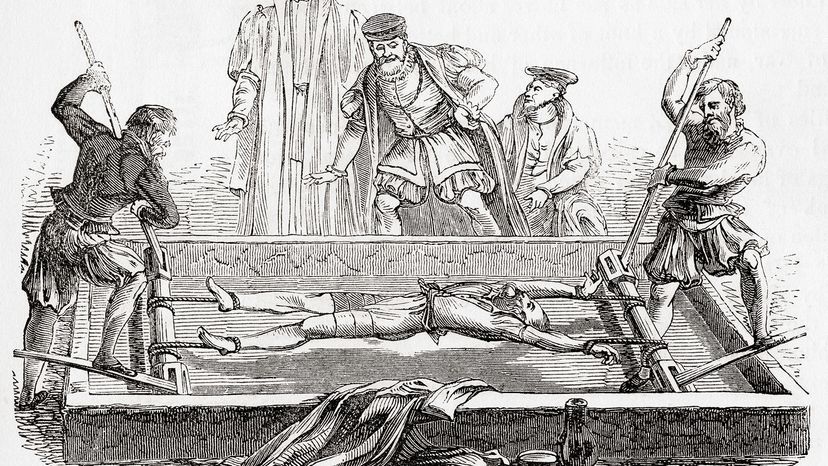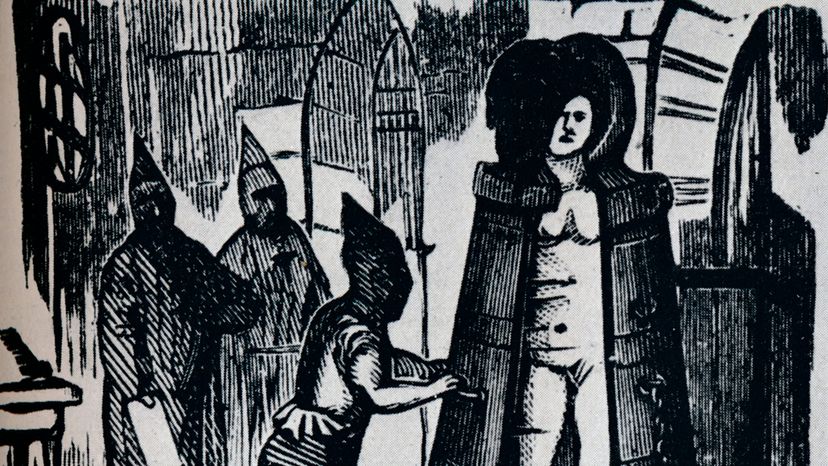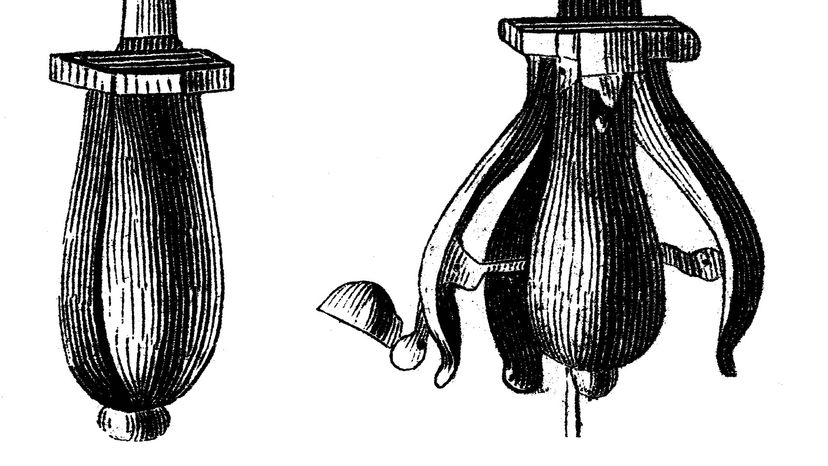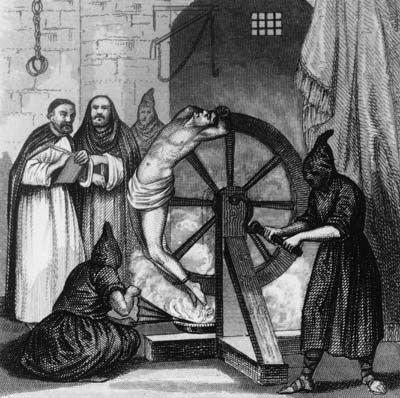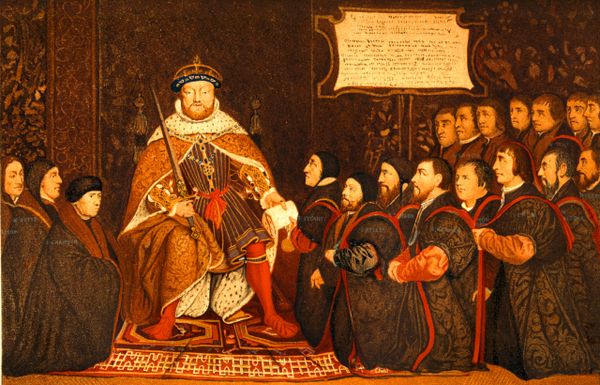A pillory was a set of two parallel wooden boards clasped together, with holes for the neck and wrists. When opened, the victim placed his or her head and arms through the holes. Then the pillory was closed, and the victim couldn't possibly escape.
The pillory itself did no harm to the victim, though it was certainly not comfortable. The entire apparatus was usually placed on a stage in a public place — the entire point was to humiliate and shame the victim for his or her crimes. The crowd would throw objects at the victim, such as rotten vegetables, dead animals or feces. Stones and other blunt objects were thrown as well, which could result in painful injuries or death.
While a spell in the pillory often only lasted an hour or two, usually during the busiest times of day, its effect really depended on the nature of the crime and the mood of the crowd. Four English men who had falsely accused others of crimes to get the reward (sending innocents to the hangman's noose) were beaten to death by the crowd. Others who won the crowd's favor by refusing to pay unjust taxes or mocking government officials were showered with flowers or rescued from the pillory outright [source: Kellaway]. For lesser crimes, the victim might instead be placed in stocks, leg irons that restrained the ankles. While the goal of public humiliation was the same, the stocks allowed victims to protect themselves from thrown objects.
Sometimes, the vengeful crowd was the least of the victim's concerns. The pillory could be accompanied by other punishments, such as flogging or mutilation. British authorities favored branding the face with a mark of shame, such cutting off one or both ears, or slicing the nose lengthwise [source: Tastes of History].
